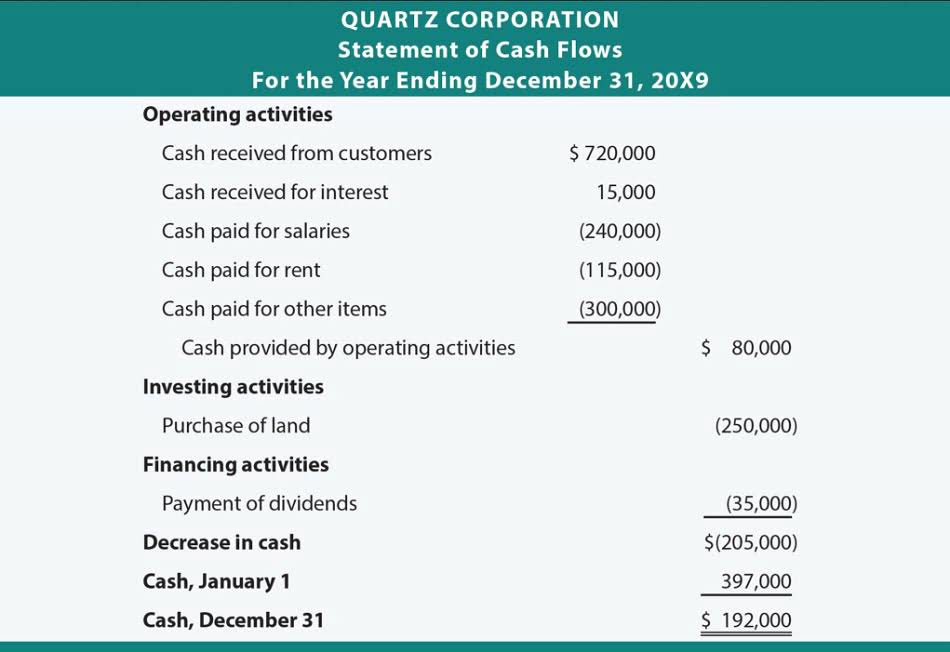
To calculate PE, divide the stock price by earnings per share (EPS)EPS. Operating profit is calculated by deducting selling, general and administrative expenses from a company’s gross profit amount. A higher ratio indicates that the Interior Design Bookkeeping company can convert inventory to sales quickly. A low inventory turnover rate indicates that the company is carrying obsolete items.

Comparative financial statements
The difference between assets and liabilities, such as stockholders’ equity, owner’s equity, or a nonprofit organization’s net assets. Net sales is the gross amount of Sales minus Sales Returns and Allowances, and Sales Discounts for the time interval indicated on the income statement. Others use the term to mean the percentage of gross profit dollars divided by net sales dollars.
- In other words, the current ratio can be used to determine a company’s ability to cover short-term debt with its current assets.
- The days’ sales in inventory is an average of the many products that a company had in inventory.
- Financial ratios are calculations that compare financial statement numbers to evaluate liquidity, leverage, efficiency, profitability, and market value.
- A higher operating cash flow ratio suggests that the company generates sufficient cash to meet its short-term obligations, reducing reliance on external financing.
What is ratio analysis?

Companies operating in all industries need cash to stay up and running, and getting that cash quickly is ideal in any situation. But different industries have different benchmarks and have adjusted their business models accordingly. The specific ratios relevant to an entrepreneur will likely depend on the industry(s) they operate in. For example, an entrepreneur that’s looking to enter a Retail industry will have more use for the days’ inventory ratio than an entrepreneur considering a service-related industry. Meanwhile, the debt ratio will how would you characterize financial ratios likely be valuable to all entrepreneurs, regardless of their industry(s) of operation. In another example, Grocery Stores generally experience a high inventory turnover rate, but their margins aren’t quite as high.
#19 – Interest Coverage Ratio Analysis
Consider the inventory turnover ratio, which measures how quickly a company converts inventory into sales. A company can track its inventory turnover over a full calendar year to see how quickly it converted goods to cash each month. Then, a company can explore the reasons certain months lagged or why they exceeded expectations. Benchmarks are also frequently implemented by external parties such as lenders. Lending institutions often set requirements for financial health as part of covenants in loan document’s terms and conditions.

Market value ratios assess how a company is valued in the stock market relative to its financial performance. Analysts use market value ratios to understand whether a company’s shares are fairly priced, undervalued, or overvalued. They help assess a company’s long-term financial stability and its ability to meet obligations to lenders and creditors. Despite these challenges, using a financial ratios cheat sheet alongside other analysis methods provides valuable insights into a company’s performance.
- For instance, the inventory turnover ratio is crucial in auditing clients in the Retail sector but is of less importance when working with clients in the Financial sector.
- The Earnings per Share ratio provides the profit generated for each share of stock.
- IBISWorld drills down to the industry and company level to help you see the nuances you need to make strategic decisions.
- Companies often use short and long-term debt to finance business operations.
- Both the Dividend Yield and Dividend Payout provide an investor with insight into future dividend streams that may be paid out to common stock holders.
- Still, it is often desirable to know a firm’s more immediate status or instant debt-paying ability than that indicated by the current ratio for this acid test financial ratio.
- A ratio below 1.0 signals potential difficulty meeting short-term obligations.
To truly understand the future financial health of a company and its sustainability, the rationale behind such decisions and the long term strategies must also be considered. Current Market Price per Share is published continuously while the markets are open. Due to the intense fluctuations of many stocks, the Market Price per Share is often calculated using an average over a specific period of time. The formula for Earnings per Share was given in the previous section of this article that discussed Profitability Ratios.
- These ratios are crucial in understanding if a company can cover its debts in the short term without facing financial difficulties.
- Having a smaller number of days’ sales in receivables means that on average, the company is converting its receivables into the cash needed to pay its current liabilities.
- The answer to this question depends onthe vision, goals, and objectives of the firm manager.
- If the ratio is low, it can lead to a problem in the repayment of bills.
- It can indicate whether shareholder equity can cover all debts, if necessary.
- We would say the company is highly leveraged and that could be a factor in whether the corporation can borrow more money if needed for an emergency or economic downturn.
Times interest earned, which is also known as the interest coverage ratio, is https://cars.flx.vc/biz_dev/media/?p=20794 an indicator of a corporation’s ability to pay the interest on its debt, such as loans payable and bonds payable. Beta’s debt to equity ratio looks good in that it has used less of its creditors’ money than the amount of its owner’s money. Pareto Labs offers engaging on demand courses in business fundamentals. Our library of 200+ lessons will teach you exactly what you need to know to use it at work tomorrow. This ratio should tell you how much money a company has left over to pay interest.
What Is a Good Return on Equity (ROE)?
A financial ratio is a numerical comparison between two or more figures from your company’s financial statements. It offers insight into a company’s liquidity, growth, margin, profitability, valuation, and related aspects. The financial ratios discussed in this article are lagging indicators. The performance results contained in the financial statements are based on past decisions.

Working capital ratios provide clarity around a company’s financial stability. Analysts prepare these ratios to see how efficiently a company is managing its working capital, like how long it takes to collect accounts receivable or how quickly inventory is sold. Financial ratios are the most common and widespread tools used to analyze a business’ financial standing. They can also be used to compare different companies in different industries. Since a ratio is simply a mathematically comparison based on proportions, big and small companies can be use ratios to compare their financial information.
